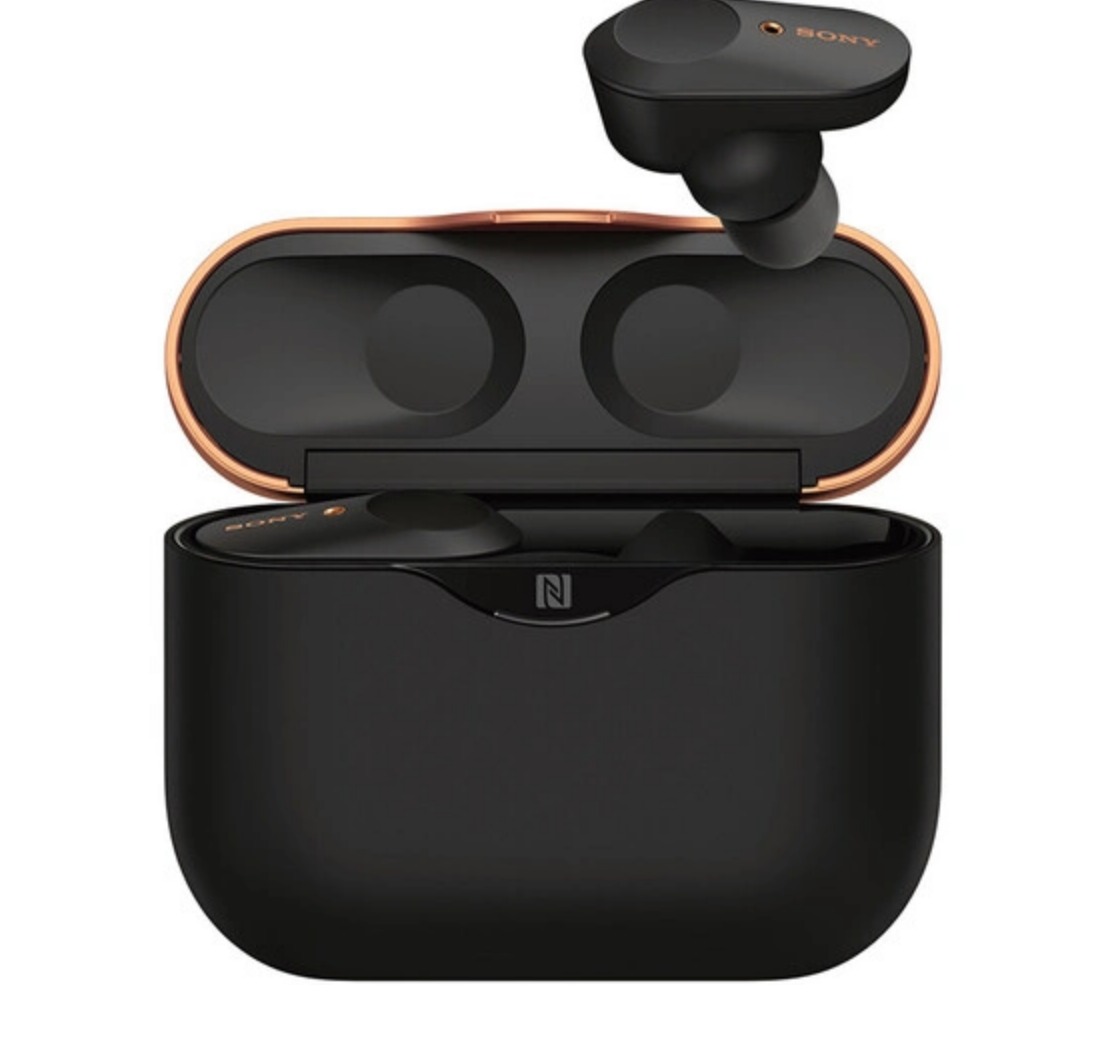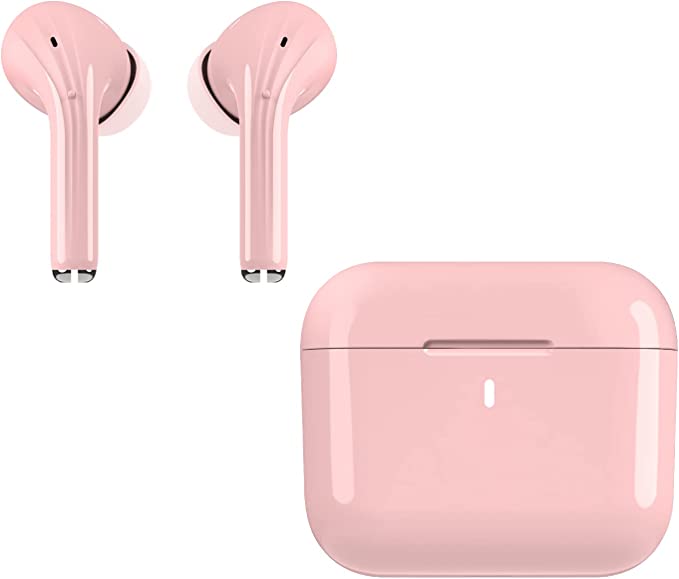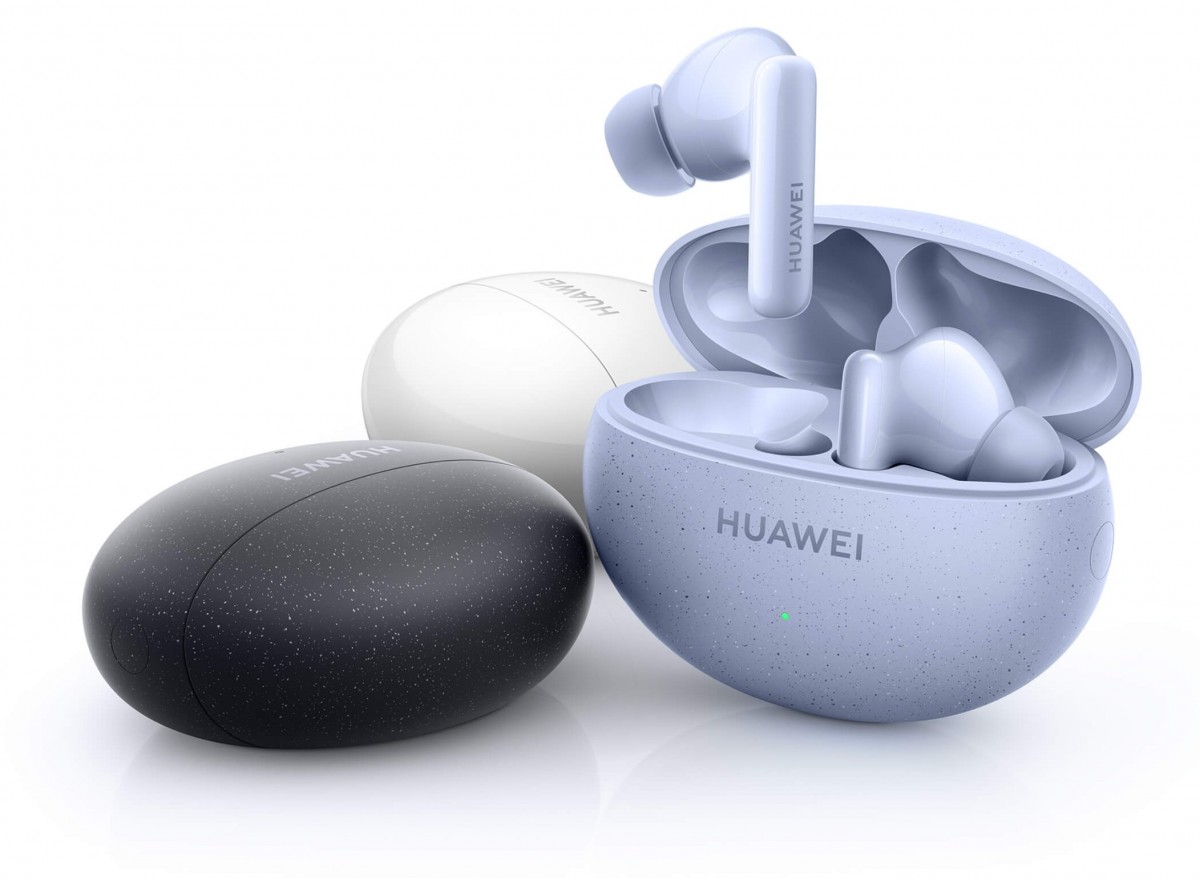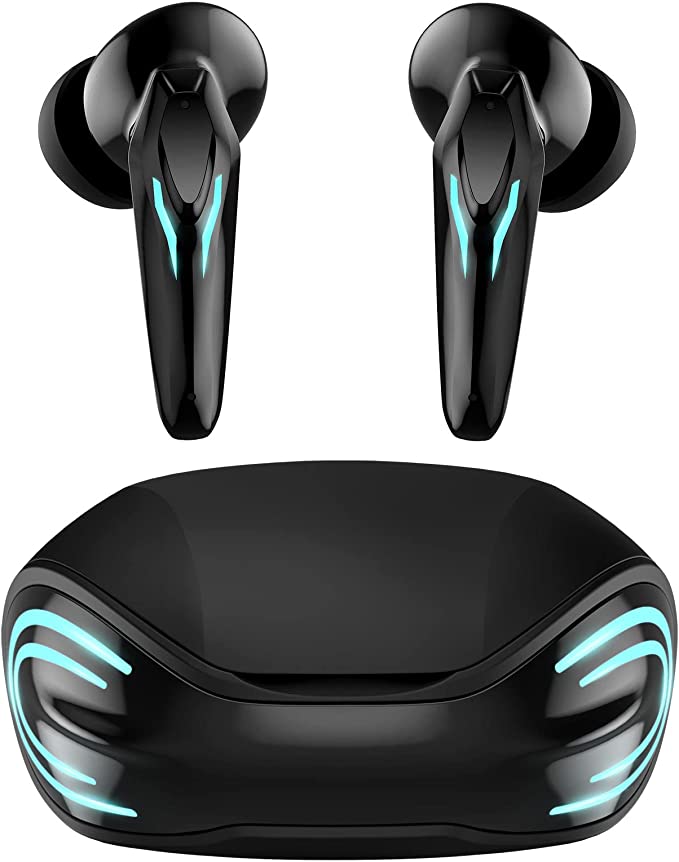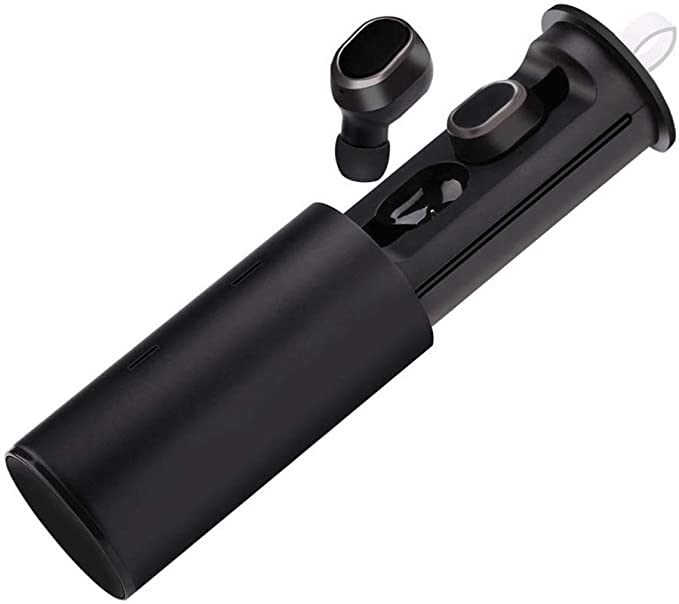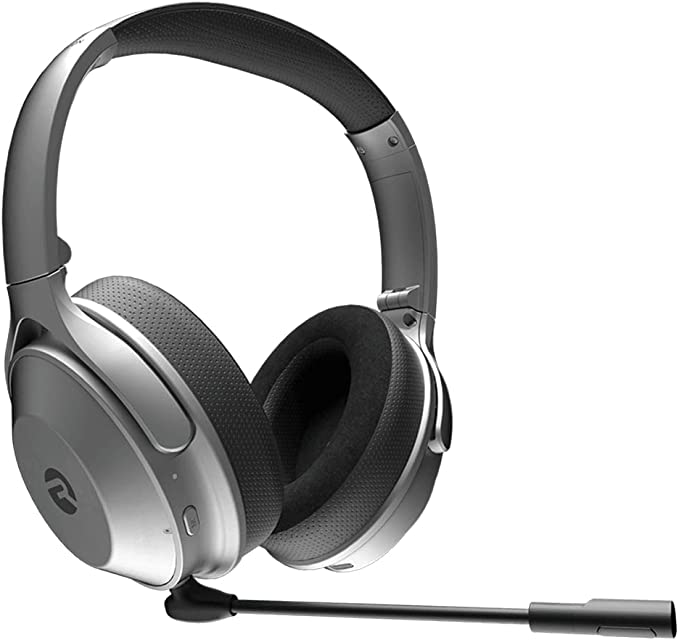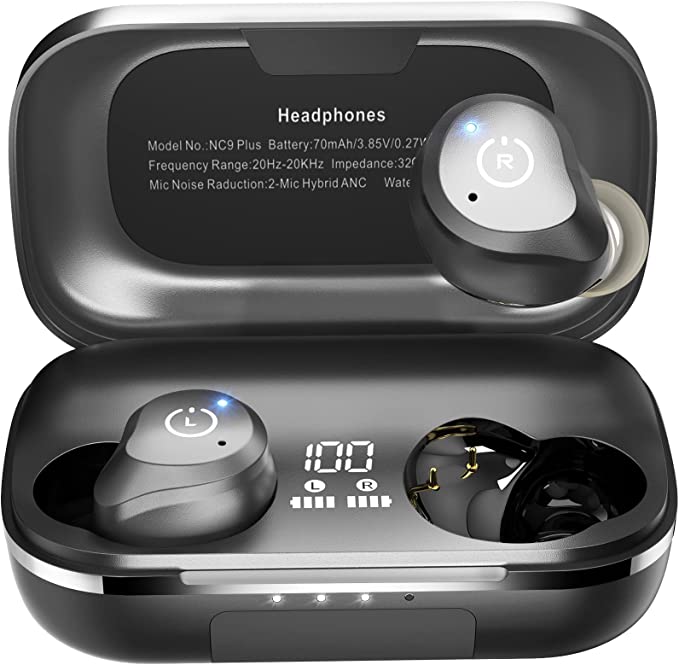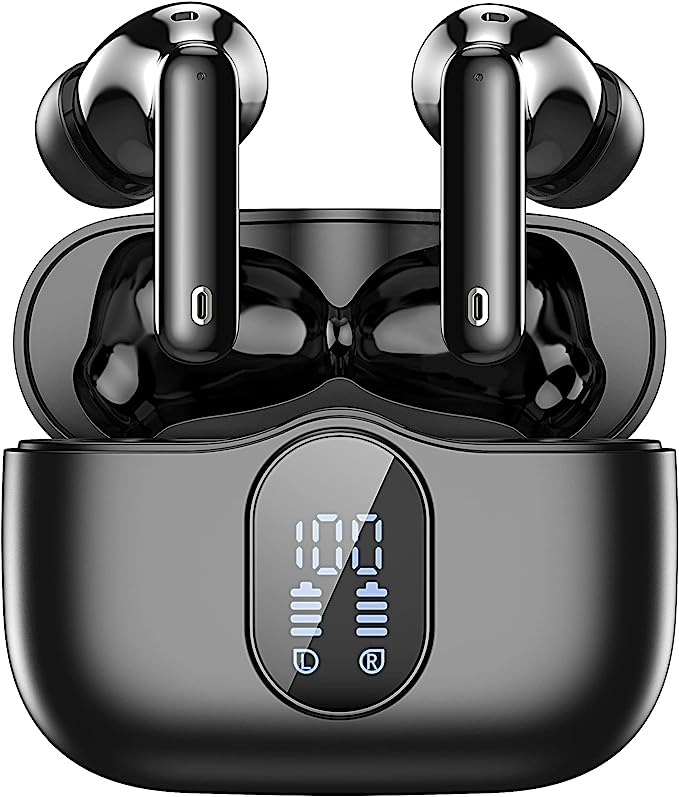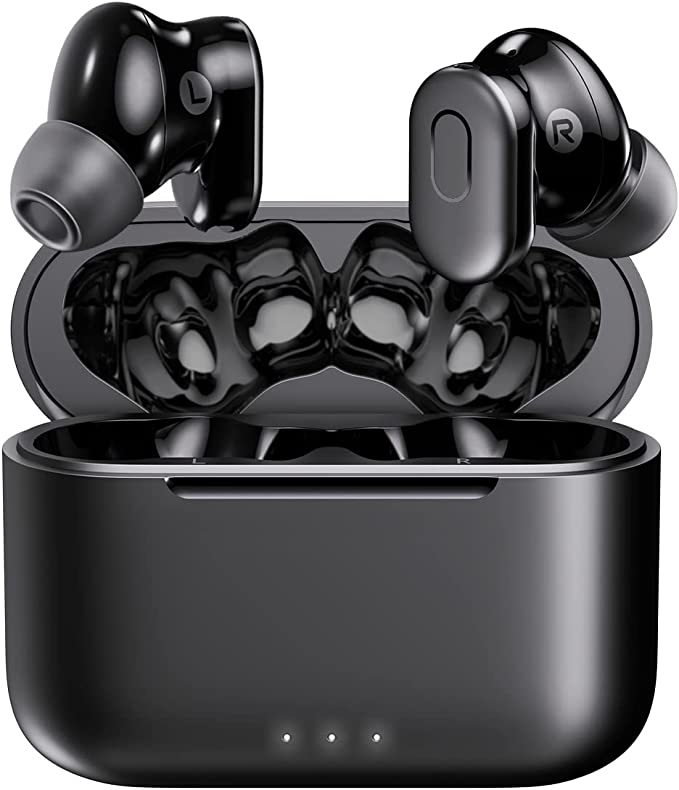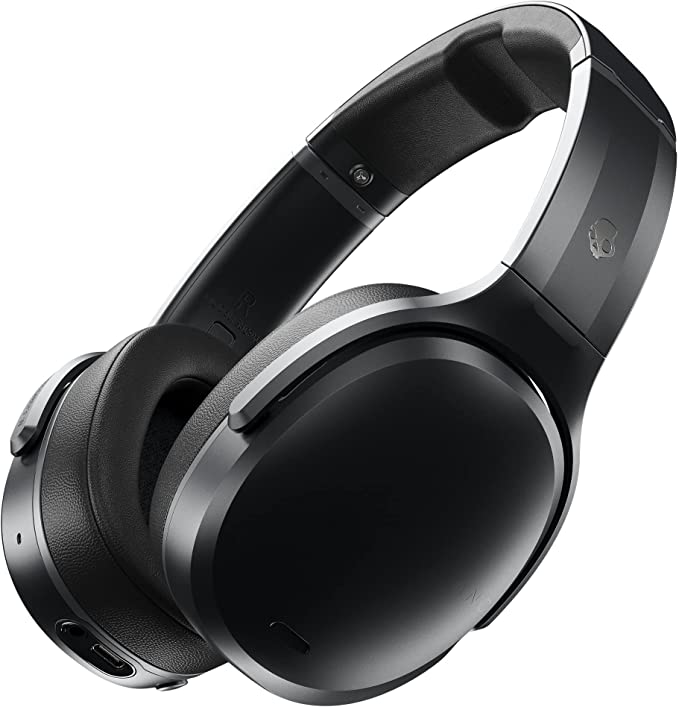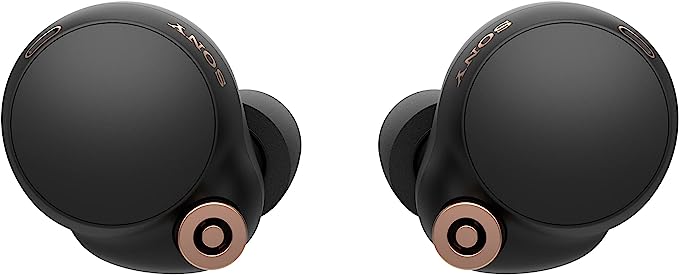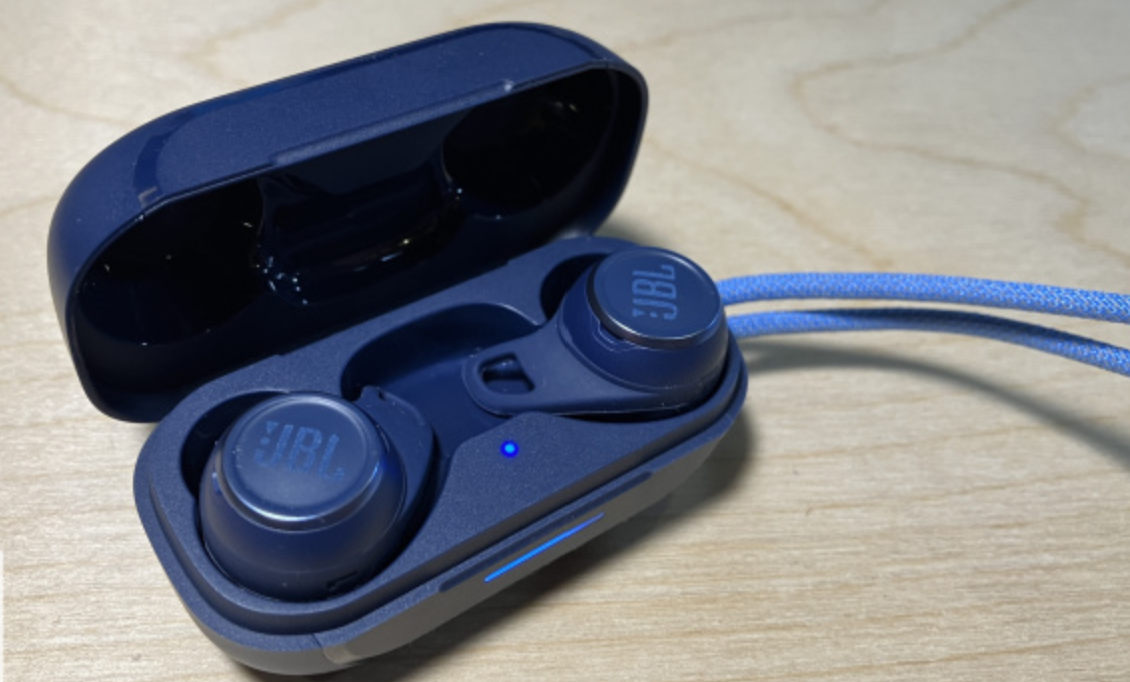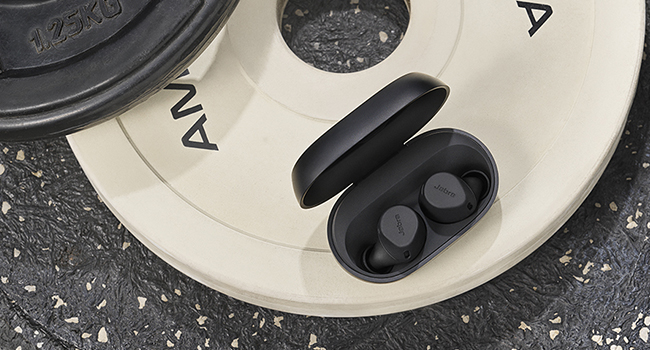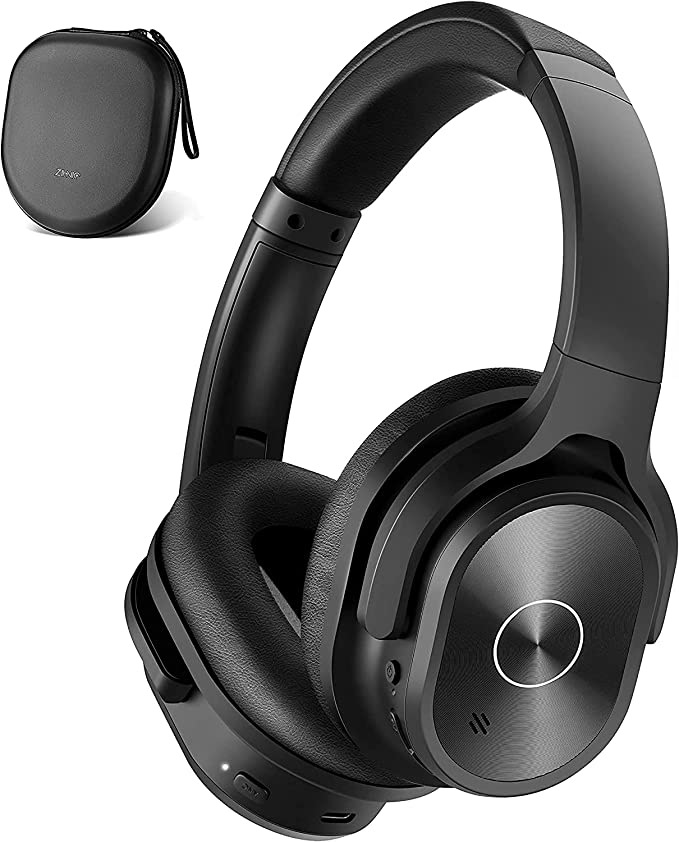SAMSUNG Galaxy Buds Live True Wireless Earbuds: Open Design Meets Active Noise Cancellation
Update on May 29, 2025, 4:39 p.m.
In a world saturated with true wireless earbuds, each vying for a spot in our ears, a product occasionally emerges that dares to be different. The SAMSUNG Galaxy Buds Live, with their distinctive bean-like silhouette, are precisely such a product. They don’t just look unique; they listen uniquely. Instead of plugging up your ear canals like tiny sentinels guarding against the outside world, they opt for an open approach, a concept that might seem counterintuitive in an era obsessed with noise isolation. But within this unconventional design lies a fascinating interplay of acoustics, ergonomics, and sophisticated technology. Let’s peel back the layers and explore the science that makes these “beans” rock, and how they aim to redefine your personal soundscape.

Beyond the Seal: The Intriguing Science of Open-Ear Audio
For decades, the prevailing wisdom in personal audio, especially with smaller earbuds, leaned towards creating a seal within the ear canal. Think of it like putting on earmuffs, but on a miniature scale. This seal provides passive noise isolation – a physical barrier against external sounds – and can help create a more impactful bass response because the sound energy is trapped and directed. However, this approach isn’t without its trade-offs. Some users experience a sensation of pressure, an “occlusion effect” where their own voice or even footsteps sound unnaturally amplified (like talking with your fingers in your ears), or simply find prolonged sealed-ear listening fatiguing.
The SAMSUNG Galaxy Buds Live sidestep this paradigm with their open-fit design. They are crafted to nestle within the concha of your ear – that bowl-shaped outer part – leaving the ear canal itself largely unobstructed. This isn’t a new idea in the grand scheme of audio history; audiophile-grade open-back over-ear headphones have long been cherished for their natural and spacious sound presentation, precisely because they allow air and sound to move more freely. The Buds Live attempt to bring a slice of that open-air philosophy to the ultra-portable earbud form.
So, what’s the science here? Firstly, by not sealing the ear canal, the Buds Live dramatically reduce the occlusion effect. Your voice sounds more natural during calls, and the world doesn’t feel entirely muffled. This contributes significantly to comfort, especially for those who wear their earbuds for extended periods. Users often report that they almost forget they’re wearing them, a testament to this less intrusive approach. The reported average comfort rating of 4.4 out of 5 stars from thousands of users underscores this.
Secondly, there’s the psychoacoustic element – how our brain perceives this open sound. Samsung describes it as creating a “live listening environment” and a “natural, spacious sound.” Think of the difference between listening to a band in a small, soundproofed room versus an open-air amphitheater. The open design allows for a more natural interaction of sound with your pinna (the visible, fleshy part of your ear), which plays a crucial role in how we localize sounds and perceive their timbre. Sound waves aren’t just being piped directly down a narrow tube; they have a chance to breathe, to interact with the ambient environment subtly, leading to a soundstage that can feel wider and less “in your head.” This is perfect for those who prefer to remain somewhat connected to their surroundings – perhaps while walking in a park, working in a shared office where you still need to hear a colleague, or simply for those who find the complete isolation of sealed earbuds disorienting.
Of course, this openness means they won’t physically block out as much external noise as their sealed counterparts. If your primary goal is to obliterate the drone of a jet engine on a long flight through passive isolation alone, these might not be your first pick. But for many everyday scenarios, the trade-off for enhanced comfort and a more natural auditory experience is a compelling one.

The Art of Selective Silence: Active Noise Cancellation in an Open World
Now, if the Galaxy Buds Live are open, how can they possibly offer Active Noise Cancellation (ANC)? It seems like trying to air-condition a room with the windows wide open, doesn’t it? This is where some truly clever engineering comes into play, and where understanding the type of noise cancellation is key.
Active Noise Cancellation, at its core, is like fighting fire with fire, or more accurately, fighting sound with sound. Imagine an annoying, continuous hum – like the low rumble of a bus engine. This hum is a sound wave with specific characteristics (amplitude and phase). ANC works by using tiny microphones on the outside of the earbuds to “listen” to this incoming ambient noise. A sophisticated digital chip inside the earbuds then instantaneously analyzes this noise and generates a new sound wave that is the exact mirror image – 180 degrees out of phase – of the unwanted noise. This newly created “anti-noise” is then played through the earbud’s speakers. When the original noise wave and the anti-noise wave meet in your ear, they undergo a phenomenon called destructive interference. Think of two water ripples meeting and flattening each other out. The result? A significant reduction in the perceived level of that targeted noise.
This technology is most effective against consistent, low-frequency sounds – precisely the “airplane, train, or bus” noises Samsung says the Buds Live ANC is designed to tackle. These are the monotonous drones that can be particularly fatiguing.
The challenge for an open-design earbud like the Buds Live is that without a physical seal, a lot more of the outside world’s sound, especially mid and high frequencies (like nearby conversations or sharp, sudden noises), can still reach your ear. Traditional ANC earbuds get a head start by passively blocking a good chunk of this noise before the electronics even kick in. The Buds Live can’t rely on that as much.
Therefore, the ANC on the Galaxy Buds Live is less about creating an artificial bubble of silence and more about reducing specific distractions. It aims to take the edge off those persistent low rumbles, making your commute more pleasant or your focus in a moderately noisy environment a bit sharper, all while still allowing you to maintain that open, airy feel. You can tap the earbuds to toggle this feature on or off, or even to intentionally let in more surrounding sounds if you need to be fully aware – like when a flight attendant is making an announcement.
Some users have noted that the ANC isn’t as “strong” as on some sealed competitors, or have occasionally reported slight anomalies like a “buzzing noise” or interference with movement, as mentioned by reviewer Shawn Haghani in the provided data. This is the inherent tightrope walk of implementing ANC in an open format. The system has to be incredibly precise, and its effectiveness can be more susceptible to variables like wind noise across the microphones or how snugly the earbuds are positioned. It’s a testament to Samsung’s engineering that they’ve managed to implement a functional ANC system in such an unconventional form factor at all, aiming for a balance that many find useful for specific scenarios, even if it’s not an anechoic chamber for your ears.

The Heartbeat of Your Music: The AKG-Tuned 12mm Speaker
No matter how comfortable or smart an earbud is, its soul lies in its ability to reproduce sound faithfully and engagingly. The Galaxy Buds Live boast an “AKG tuned 12mm speaker and enhanced bass tone,” promising “sound that rocks” and “studio quality sound.” Let’s unpack that.
The “speaker” in an earbud is more accurately called a driver or a transducer. It’s the tiny engine that converts electrical audio signals from your phone or music player into the physical vibrations that your eardrum interprets as sound. The Buds Live use a 12-millimeter dynamic driver. In the world of tiny earbud drivers, 12mm is a respectable size. Generally speaking, a larger driver diaphragm (the part that vibrates to create sound) has the potential to move more air. Moving more air is particularly helpful for reproducing lower frequencies – the bass and sub-bass that give music its warmth, punch, and impact. This physical characteristic is likely a key contributor to the “enhanced bass tone” Samsung refers to. Users often express pleasant surprise at the bass response from such an open design, with one reviewer noting, “surprisingly enough there is plenty of bass response in these, not head vibrating but good enough to let you know it has a driver.”
But size isn’t everything; tuning is paramount. The “AKG tuned” part is significant. AKG, a company with a rich heritage in professional audio (think studio microphones and headphones used by musicians and engineers worldwide), has lent its expertise to shaping the sound signature of these earbuds. “Tuning” in this context is a meticulous process. It’s not just about making things loud; it’s about carefully adjusting how the earbuds respond to different frequencies across the entire audible spectrum. Imagine a graphic equalizer with many bands – AKG engineers work to sculpt this response to achieve a specific sonic character. “Studio quality sound” is an ambitious claim, but it generally implies a sound that is relatively balanced, clear, and detailed, allowing you to hear the nuances in your music, from the crispness of a hi-hat to the depth of a cello. The aim is often to present music in a way that’s faithful to the artist’s original intent, without excessive coloration or artificial boosting of certain frequencies.
So, when you listen to the Galaxy Buds Live, you’re experiencing the output of this 12mm driver, working in concert with the acoustic properties of the open earbud design, all refined by AKG’s acoustic engineers. The goal is a sound that is both engaging for casual listening and sufficiently detailed for more critical enjoyment.

The Unseen Stamina: Battery, Charging, and Everyday Intelligence
Beyond the headline features of design and sound, the everyday usability of true wireless earbuds hinges on practicalities like battery life and smart features.
The Galaxy Buds Live are designed for longevity, offering what Samsung describes as a “long-lasting battery life.” While exact figures can vary based on usage (like volume levels and whether ANC is active), the promise is enough juice for your “commute or workout.” The included charging case isn’t just a protective shell; it “doubles as a wireless charger.” This is a nod to modern convenience, typically employing the Qi wireless charging standard. This means you can place the case on a compatible wireless charging pad (or even use the reverse wireless charging feature on some Samsung phones) to top it up, no cables required for the case itself. The case then recharges the earbuds when they’re nestled inside. This principle of electromagnetic induction – where a magnetic field transfers energy between coils in the charger and the case – is a small marvel of physics making our lives a bit tidier.
For those moments when you’re short on time and battery, a quick charge feature can be a lifesaver: “5 minutes of charging gives you 1 hour of play time.” This rapid refueling is managed by sophisticated battery management integrated circuits, which carefully control the electrical current flowing into the lithium-ion batteries within the earbuds, ensuring a fast yet safe power-up. Lithium-ion batteries themselves are the unsung heroes of our portable tech revolution, offering a high energy density (a lot of power in a small package) and the ability to be recharged hundreds of times. User ratings for battery life from the provided data average 4.1 out of 5, suggesting a generally positive experience.
Connectivity is handled via Bluetooth, the ubiquitous short-range wireless standard that links the earbuds to your devices. And for hands-free convenience, there’s an “always-on voice assistant.” This means the earbuds are always listening (in a very low-power mode) for a wake-word, allowing you to “order coffee, send a message, or search music hands free” without fumbling for your phone. This is enabled by specialized microprocessors optimized for keyword spotting and voice recognition while consuming minimal energy.
The experience is further customizable through software – the Galaxy Wearable app on Android and the Galaxy Buds app on iOS. These apps typically allow users to tweak settings, customize touch controls, check battery levels, and update the earbuds’ firmware, which can sometimes bring new features or performance improvements long after purchase. This interplay between hardware and software is crucial in modern tech, allowing devices to evolve and adapt.
Form Meets Function: The Ergonomics of a “Bean”
The most debated, and arguably most iconic, aspect of the Galaxy Buds Live is their shape. Dubbed “beans” by many, this unique, kidney-like form is a bold departure from the stems and circles that dominate the earbud market. Samsung calls them “Equal parts earbuds and ear bling,” acknowledging the aesthetic ambition.
Ergonomically, this shape is designed to fit within the contours of the concha of the ear, sitting relatively flush. For many, this results in a comfortable and stable fit, especially for less vigorous activities. The absence of an ear tip extending into the ear canal contributes to this comfort. However, the human ear is a remarkably varied anatomical structure. What fits one person like a glove might feel precarious or slightly uncomfortable for another. The provided user feedback reflects this: one reviewer states, “depending on your ear shape and size it’s going to be 50/50 split, they stay in my ears fine and I can shake my head all around and they don’t come out.” Conversely, another notes, “they are extremely uncomfortable when wearing for more than an hour” and “fall out easily unless you really push them in hard,” particularly finding them unsuitable for active lifestyles like mowing the lawn.
This isn’t a failing of the design per se, but rather an acknowledgment of the challenge of creating a “one-size-fits-most” solution for something as personal as in-ear audio, especially with such an unconventional form. The original draft also mentioned that the “earbuds come with different sizes of ear tips,” which for the Buds Live usually refers to wingtip attachments of varying sizes that help lodge the ‘bean’ more securely in the ear’s folds, rather than traditional canal-sealing tips. These can indeed improve fit and stability for some users.
The discussion around their water resistance (mentioned in the original draft article) is also pertinent for everyday use and light workouts. While the exact IP (Ingress Protection) rating wasn’t in the initial product listing, such ratings are crucial for understanding how well the earbuds can fend off sweat and light splashes – a standard feature many expect for an active lifestyle.

A Symphony of Compromise and Innovation
The SAMSUNG Galaxy Buds Live are a fascinating case study in product design and audio engineering. They don’t try to be everything to everyone. Instead, they offer a distinct set of features and experiences that cater to a user who values an open, natural sound, prioritizes long-term comfort, desires a degree of environmental awareness, and appreciates a dash of unique style.
The science behind them is a delicate balancing act: leveraging the acoustics of an open fit for a spacious sound, while employing sophisticated Active Noise Cancellation to selectively tame the din of the outside world. The AKG-tuned drivers aim for a rich and detailed audio performance, and the overall package is designed for convenient, day-long use.
They represent a thoughtful deviation from the norm, a reminder that innovation in personal audio isn’t just about cramming in more features, but also about rethinking fundamental interactions between technology, sound, and the human body. Whether they are the perfect earbuds for you depends on your individual priorities and ear shape, but their unique approach certainly makes them a noteworthy and scientifically interesting player in the bustling world of true wireless audio.


